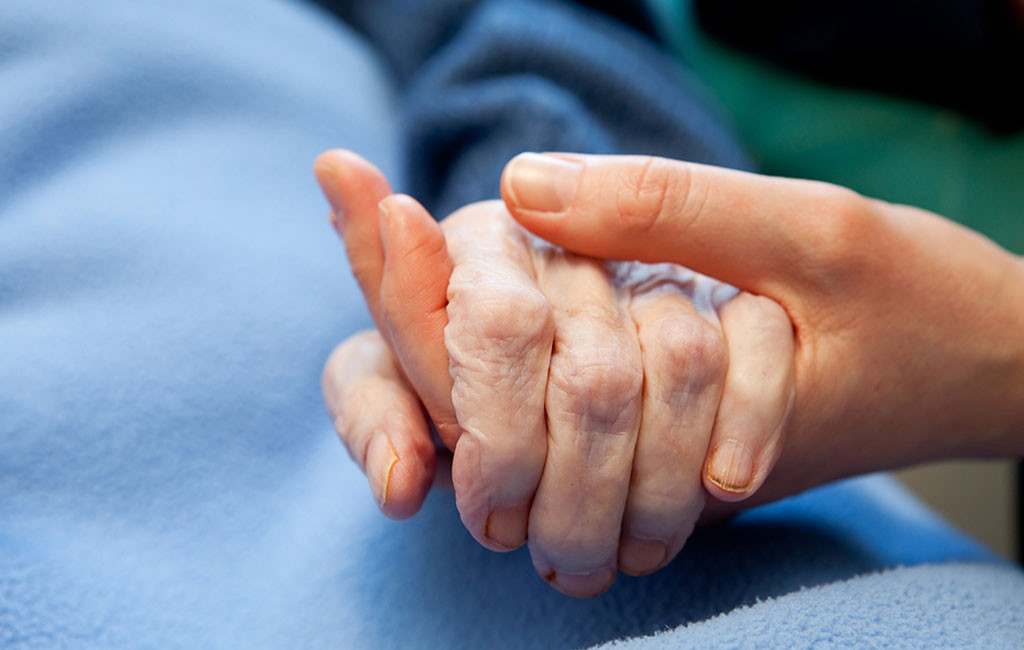
What are bedsores?
It is important to monitor one’s body in order to observe changes and evaluate any physical discomfort. If one is experiencing a lack of mobility due to a long duration of pressure in a specific area, watching for signs of bedsores is highly recommended. According to the Mayo Clinic , bedsores or pressure ulcers can occur. They are injuries to the skin as a result from prolonged pressure. This is common for most bed-ridden individuals who are unable to alter positions often and stay in bed for prolonged periods of time. The Mayo Clinic describes bedsores as a rapid growing skin infection that may occur over a couple of hours or days, causing a need for constant monitoring.
Stages of Bedsores and symptoms
Bedsores are divided into 4 stages in order for individuals to categorize the gravity of the injury. According to WebMD , the 4 stages classify how deep the sore is and gives a guide for a course of treatment.
Stage 1: This is the mildest form of the sore, due to it only affecting the top layer of the skin.
Symptoms include pain, burning, itching, or redness in an infected area.
Stage 2: Sores are beneath the first layer of skin.
Symptoms include a blister-like injury with pus potentially oozing out of the wound. Swelling and redness is also likely to occur.
Stage 3: Sores have reached the fat tissue.
Symptoms have worsened with a foul odor coming from the source, pus, and potential narcosis.
Stage 4: This is the most severe stage of the condition in which the ligaments and muscles are affected.
Symptoms are very similar to those in stage 3, but the possibility of visual exposure of the ligaments and bones may occur.
How to treat bed sores:
Depending on the stage of the bedsore, it is possible to treat at home. During stages 1 and 2, to care for the wounds is much easier to do. Simply cleansing the wounds with mild soap and warm water will likely be enough to heal them. In stage 2, salt water or saline is recommended for treatment. MedlinePlus describes potential barriers that may be required such as gauze or film. In more severe cases such as stage 3 and 4, it is important to seek medical attention for instructions and/or medical care. Caring for your skin and body is very important. If one is unable to actively move around or requires additional care, monitoring for sores is essential to prevent discomfort and pain.
WellPath Partners is your senior resource referral guide. Follow us on ALL social media platforms and join us weekly for more content and public health discussions.
By Jazmin Gonzalez
Senior Care Advising Intern at WellPath Partners
Health Science Major at California State University, Long Beach
